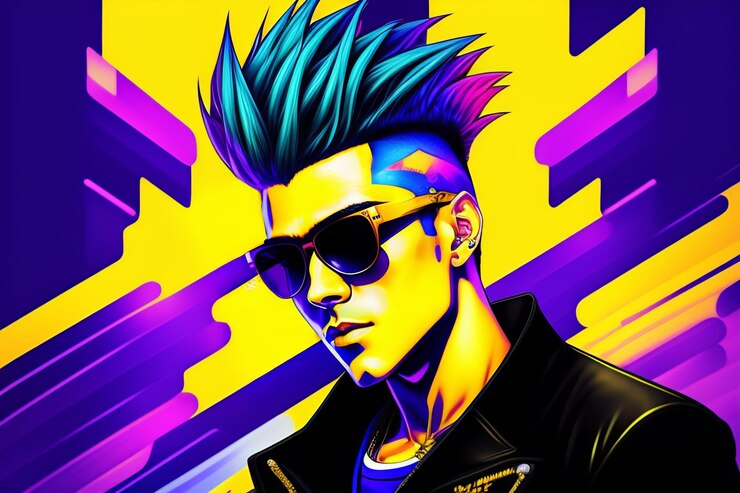
The Art of Character Design in Illustration
The Art of Character Design in Illustration. Creating memorable and engaging characters is a critical part of successful illustration. Whether you’re working on a comic book, children’s book, or branding project, characters can help connect your audience to your work on an emotional level.
This blog post could explore the process and techniques involved in designing characters for illustration. It could cover topics such as creating a unique and recognizable silhouette, developing personality and backstory through visual cues, and balancing realism with stylization. The post could also provide examples and case studies from professional illustrators, as well as tips and exercises for readers to practice character design.

- Start with a Strong Silhouette
One of the most important elements of character design is creating a unique and recognizable silhouette. A strong silhouette helps to make a character instantly recognizable and can also communicate a lot about their personality and role in the story. When creating a silhouette, focus on simplicity and clarity. Avoid intricate details or complicated shapes that could be confusing or difficult to read.
- Develop Personality Through Visual Cues
Once you have a basic silhouette, it’s time to start adding details that will help communicate your character’s personality and backstory. Facial features, clothing, accessories, and body language can all be used to convey information about a character’s age, gender, occupation, and more. For example, a grizzled old pirate might have a scruffy beard, a missing eye, and a hook for a hand, while a cheerful young ballerina might wear a tutu, a tiara, and a big smile.
- Balance Realism with Stylization
While some illustrators prefer to create highly realistic characters, others may choose a more stylized approach. Both approaches have their benefits and drawbacks, and the best choice will depend on the project’s needs and goals. Realistic characters can be more relatable and emotionally engaging, while stylized characters can be more visually striking and memorable. Finding the right balance between realism and stylization can help you create characters that are both visually appealing and emotionally resonant.
- Learn from the Pros
To take your character design skills to the next level, it’s always helpful to learn from experienced professionals. Study the work of your favorite illustrators and pay attention to how they create and develop characters. You may also want to take online courses or attend workshops to learn specific techniques and approaches.
- Practice, Practice, Practice
Finally, the most important part of character design is practice. Try drawing characters from different angles and in different poses to get a feel for their shape and personality. Experiment with different styles and techniques until you find what works best for you. Don’t be afraid to make mistakes or try something new – that’s how you’ll grow and develop your skills as an illustrator.
In conclusion, character design is a complex and multifaceted process that requires both technical skill and artistic intuition. It requires an understanding of human anatomy, clothing and accessories, and the principles of visual storytelling. However, it also involves creativity, imagination, and the ability to bring characters to life on the page.
As an illustrator, character design is one of the most important skills you can develop. A well-designed character can make a project stand out and become instantly recognizable, capturing the attention of readers and viewers alike. By following the tips and techniques outlined in this blog post, you can create characters that are not only visually appealing but also emotionally engaging and memorable.
Remember that character design is a continuous learning process, and there’s always room for improvement. Don’t be afraid to experiment with different styles, techniques, and approaches, and always be open to feedback and constructive criticism. With practice and persistence, you can hone your character design skills and become a master of this essential aspect of illustration.
